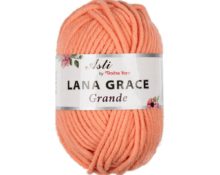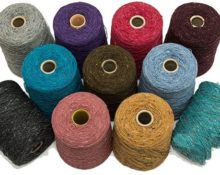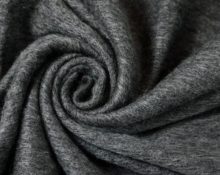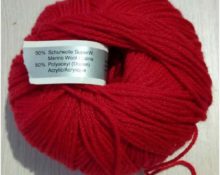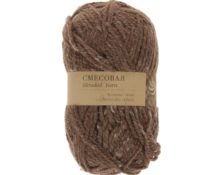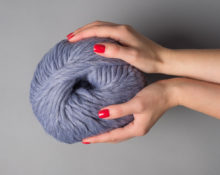In craft stores today you can find a wide variety of yarns for hand and machine knitting. Therefore, many needlewomen are faced with a difficult choice of threads with very strange and incomprehensible names. One of the varieties of yarn is Laster wool. It always raises many questions about its name and the characteristics of the material.
Laster wool - what is it?
The term "luster" translated from English means "shine". It is this word that best characterizes this type of yarn made from natural sheep wool or other animal breeds. It has an unusual soft shine, not as obvious as in Lurex, but still very noticeable and more noble.
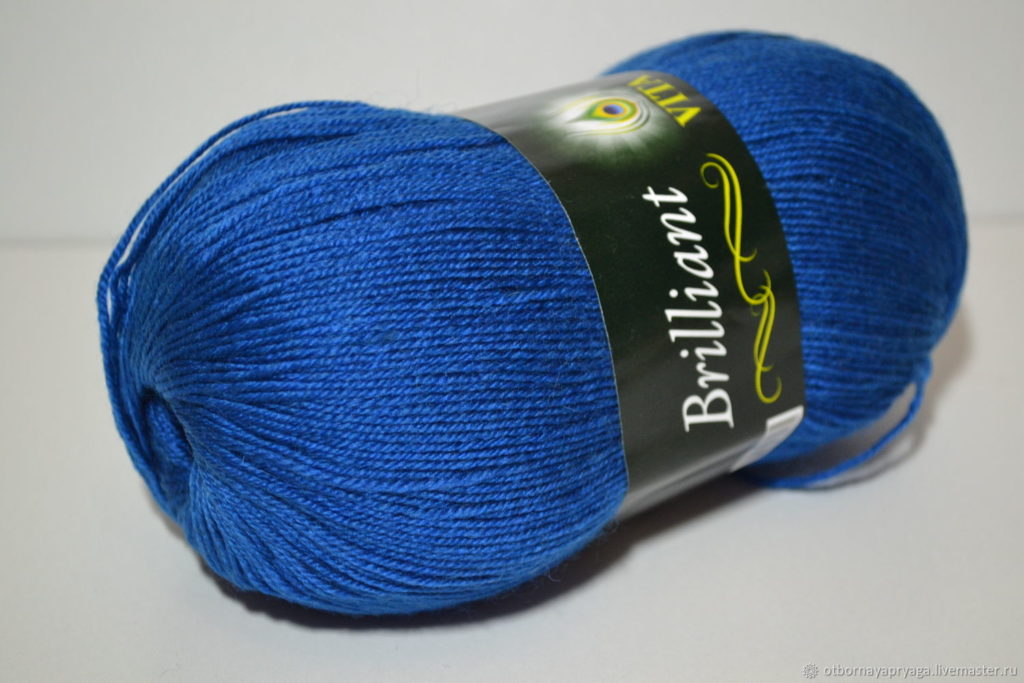
Yarn markings try to emphasize this unique property by all means:
- Brilliant;
- Sapphire;
- Diamond.
Important! By analogy with precious stones, Laster wool has increased strength. Items made from such yarn have increased resistance to external influences and can even be machine washed.
In addition, the yarn in the product is very soft and smooth, pleasant to the body. This is especially important for people. prone to allergic reactions and sensitive skin.
How is this type of wool obtained?
Before a beautiful thread with a noble shade and shine falls into the hands of a needlewoman, the wool from which it is made goes through many stages of dressing. All these manipulations are carried out at the spinning factory, where the sheared wool of the sheep ends up immediately after shearing:
- cleansing from impurities (blades of grass, dust and dirt from the fleece are cleaned using ripper-raking devices);
- washing (a repeatedly repeated action designed to completely clean the resulting wool from contaminants);
- coloring (the prepared raw materials are kept in a solution of natural dye for 3 hours, the temperature must be at least 120°C);
- carding (the raw material obtained after dyeing is passed through carding machines, which turn the fleece into a thin fiber ready for spinning).
Then the fiber is gradually leveled and pressed. Receiving unique bobbins, which are then placed in a special apparatus. Its job is to soak the fiber in acid and then coat it with synthetic resins. Only after this is the fiber spun into a full-fledged thread, known to us as “Laster”.
How is it characterized?
As already mentioned, the main distinguishing feature of Laster wool from other types of yarn is its unusual, noble shine. Products made from this thread turn out to be very beautiful and unusual. Women's dresses and other outfits, as well as children's toiletries, look especially attractive.
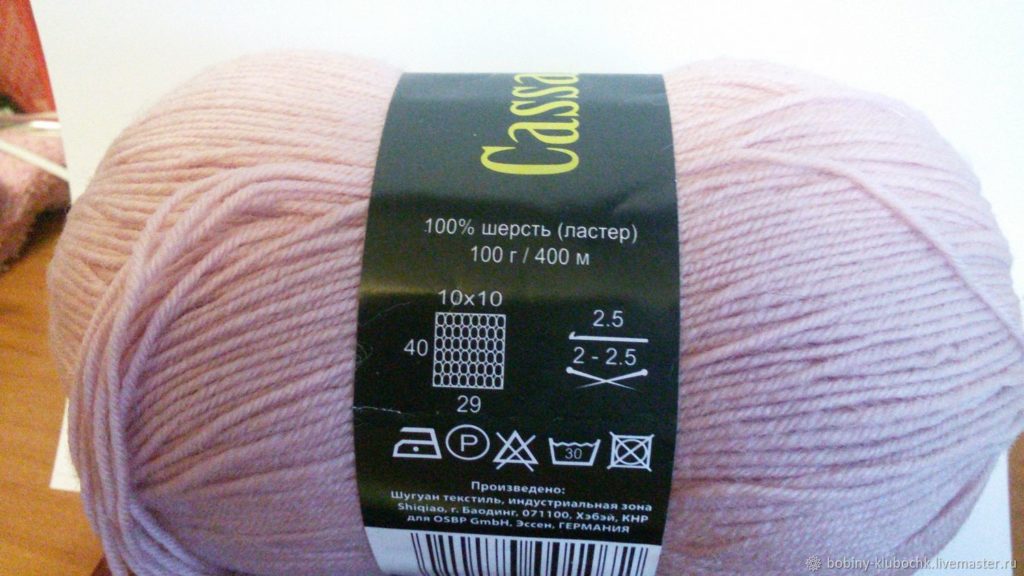
Important! Unlike lurex and other fibers that have a sheen, Laster offers an unobtrusive and sophisticated gloss.It will not “harm” the eyes and appear tasteless.
In addition, items made from Laster wool are unusually soft, thanks to the fine fiber. They cling pleasantly to the body without irritating the skin. This is especially important for children and people with sensitive skin. The wool is not itchy and very light. Products made from laster retain heat perfectly and at the same time seem absolutely weightless.
Pros and cons of Laster wool
This type of yarn has a number of undeniable advantages:
- increased thermal conductivity (due to its looseness, the thread allows you to retain heat even if the fabric is thin);
- hygroscopicity (due to the porosity of the fiber, the fabric allows moisture to pass through without getting wet and allowing the body to “breathe”);
- richness of colors (due to the peculiarities of coating with synthetic resins, the color becomes more saturated; such yarn is often offered in the brightest versions);
- “closed flakes” (on ordinary material there is a large number of flakes, which very quickly reveal the hated pellets on the product; this will not happen with things from Laster).
However, such yarn also has its disadvantages. So it is quite expensive in price, this is explained by the peculiarities of production, during which more than 30% of the fibers are lost. In addition, treatment with special resins provides some inconvenience when working with such a thread. It is more slippery and constantly strives to slide off the knitting needle.
Despite a certain number of disadvantages, this type of yarn is widely used in the production of various types of clothing. It is very beautiful in comparison with similar models made from ordinary wool and is pleasant to wear.


 1
1